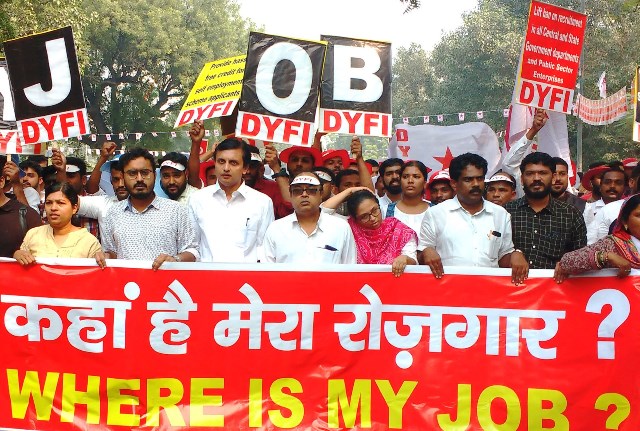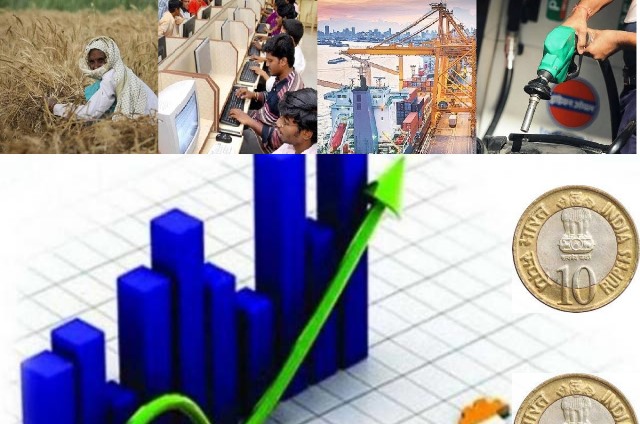Recently, the National Council of Applied Economic Research (NCAER), which is India’s oldest and largest independent non-profit economic research and policy think tank, released a study that found 38% of workers who deliver food for app-based services were at least graduates or above; and 93% had completed 10th standard school education. In Tier 2 cities (with a population of between 50,000 and 99,999), nearly 40% of delivery workers were graduates.
There are an estimated 7 million gig workers who deliver food for app-based services such as Zomato and Swiggy or other goods and packages for services such as Amazon. The NCAER report suggests that a sizeable proportion of food delivery workers are highly educated and could be overqualified for the tasks that they have to perform.
They could also be underpaid. According to another survey by Borzo, a same-day delivery service, around 78% of gig delivery workers, employed with food and other delivery apps earn less than Rs 2.50 lakh per annum or around Rs 20,000 per month. Many, if not most, of these workers are the sole earners for their families, which often include elderly dependents as well as minors and unemployed kin, so the wages they make can be piffling.
Moreover, gig workers such as those covered by these reports work much longer hours than others. The NCAER report found that the average weekly working hours for platform workers amounted to 69.3 hours, in contrast to the 56 hours reported for workers included in the Periodic Labour Force Survey (PLFS), which computes the government’s estimates of employment and unemployment. So, a gig worker typically works nearly 10 hours seven days a week to earn a meagre wage.
In addition, gig workers in India are not covered under labour laws, leaving them without legal protection against discrimination, unfair termination, or workplace harassment. Additionally, they are deprived of crucial benefits such as health insurance, retirement benefits, and paid leave. Instead they often face penalties if they slip up on tight delivery time targets.
To be sure, some gig workers take those jobs to complement the income they might earn from other jobs that they hold but presumably for a large proportion of such workers, the gigs are their primary jobs.
Let’s shift the focus a bit now to jobs in general in India. First, a quick statistical recap on India’s youth population. Of 1.4 billion Indians, 50% (700 million) are below the age of 25; and more than 65% (>900 million) are below the age of 35. While those are huge numbers, the average age of an Indian is 29 (in China it is 37; and in Japan 48). The estimated number of young Indians (in the 15-24 age group) is 254 million; and the population of working age Indians (15-64) is estimated at more than 950 million.
It is also estimated that only around half of that working age population is employed and that too most of them in agriculture where, on overcrowded tiny farms, employment can be an euphemism for joblessness. People are forced to stay on although they add little or nothing to a farm’s productivity simply because there is no alternative option to earn an income.
So, it is no surprise that when vacancies, such as for government jobs, are announced, the rush to apply for them is unprecedented.
ALSO READ: Can Compulsory Military Service Solve India’s Job Crisis?
Consider a couple of examples, none of them is apocryphal: This year for 60,000 police constable jobs in the populous state of Uttar Pradesh, there were 4.8 million applications. When the Indian army recruits soldiers, the selection ratio is as low as 3%.
Government data on youth unemployment is patchy, discontinuous, and ambiguous but it is clear that youth unemployment is a serious issue simmering under the surface in India. Of the estimated 500 million or so Indians who are deemed to be employed, only a quarter or around 130 million, are in the organised sector (government or private sector jobs). The rest work in unorganised sector jobs where benefits, including wages, can be low, uncertain, and unregulated.
The numbers are equally staggering when it comes to people seeking admission to professional institutes. In 2023, more than 2 million people took the National Eligibility cum Entrance Test (NEET), a standardised national-level entrance exam in India for students who wish to pursue undergraduate medical education in government or private medical colleges. The number of seats they were competing for was 108,000. The selection ratio was a shade above 5%. In 2023, 1.5 million people took the joint entrance exam to get into engineering colleges. They were competing for 250,000 seats.
The intensity of the pressure and competition to get into institutions is high and it is borne out by incidents such as the NEET. This year, there were allegations of a paper leak, backed by a mafia of operators who sold exam papers before the test and jeopardised the futures of thousands of candidates.
Examples such as the state of gig workers or the lack of organised sector jobs for India’s youth, or the exam paper leak scandal are just a few indicators of how disenchanted India’s youth might be.
Despite being one of the fastest-growing economies, India faces significant unemployment issues, especially among the educated youth. There is often a gap between the skills that graduates possess and what employers need, leading to underemployment or joblessness.
The fragility of such a job market can be exacerbated by periodic economic slowdowns and global uncertainties. And, finally, the sheer number of job seekers compared to available opportunities creates intense competition, making it difficult for many to secure stable employment.
The government often cites figures that show a rise in the number of start-ups and the growth of the gig economy as evidence that there are more opportunities for India’s youth. But for the cohort of more than 250 million young Indians are such options the outcome of genuine entrepreneurship and innovation or signs of frustration and desperation? You decide.
For more details visit us: https://lokmarg.com/

